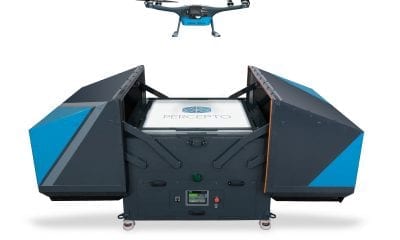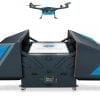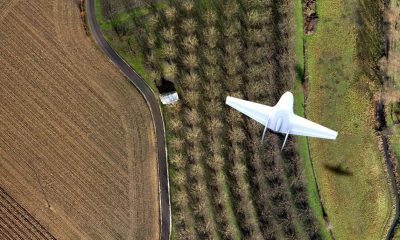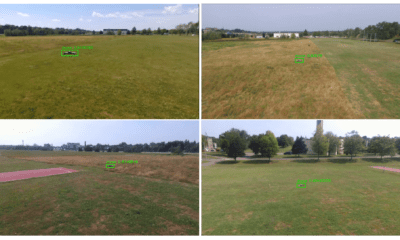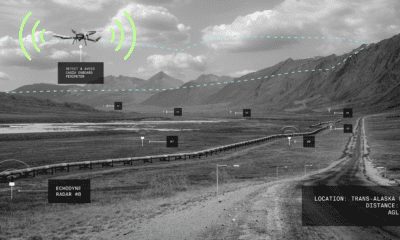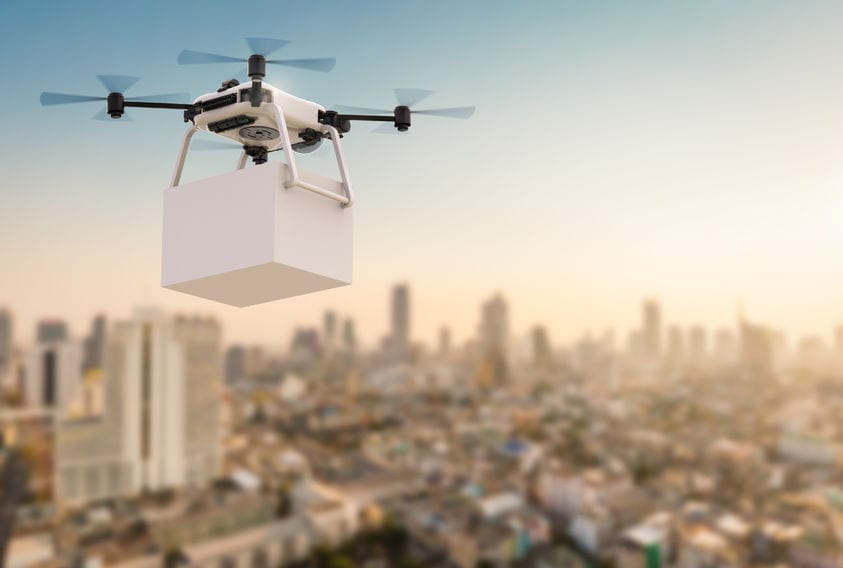
Autonomous
Autonomous Home Delivery: Last-Mile Logistics
The impact of autonomous (driverless) vehicles on home delivery has been a hot topic over the past few years, mostly because of the numerous advancements in the field. However, at the same time, many experts are not able to figure out whether this form of vehicles and deliveries actually helps the society as it currently is – or is just a project that could be helpful in the future.
Examining the High Labor Cost of Driver-Based Home Delivery
A recent paper submitted by four authors at the North Carolina State University chose to investigate this topic further. Submitted by Michael Kay, Peerapol Sittivijan, Bhagyalakshmi Shrikrishna, and Bharat Kulkarni, the paper is named “Impact of Autonomous Delivery on Last-Mile Logistics” and examines the high-labor cost of driver-based home delivery as the major reason for customer pickup at stores.
We all know that there are a lot of problems associated with the driver-based delivery system nowadays. First of all, the logistics costs, the inability to reach people and the low efficacy compared to many other alternatives.
Speaking of, the main alternatives of home delivery right now are driverless vehicles and aerial drones. When rounded up, they both have their own advantages and challenges in regards to point-to-point on-demand delivery as well as multi-stop delivery windows.
Rounding Up the Costs per Delivery cia Drone, Robot and Driverless Vehicles
On top of this, there is the dirt-to-dirt logistics costs which is separated on road, rail, water and landfill but also includes a lot of costs. The authors of this paper even compared this delivery model to the upcoming one based on drones, robots and driverless vehicles.
When rounded up, the costs show that delivery with the Amazon Drone would cost $1, while delivery with the Starship Delivery Robot would cost $2. On the other hand, a driverless delivery vehicle like the Nuro would be an even costlier alternative – not to mention a delivery vehicle with an auto unloading system, which would cost $3.50 per delivery according to the authors of this report.
Developing a Logistics Network for Consolidated-Load Home Delivery
The main aim of the report is to map out a logistics network for consolidated load-home delivery system in an urban area (the cities of Raleigh and Durham are pictured on the map). The authors of this paper have done that by uploading their sketches of the driverless home delivery network.
As they describe it, the network is local to home and line haul loads. As such, it focused on specific mechanisms for coordinating the operation of each container, vehicle and DC in the network.
When it comes to storage control, each container will be assigned a unique priority that determines its planning sequence – all in order to ease up the unloading and loading operations and result in an efficient storage system control.
For more information and an overview of the network visually, visit this link and see the full report.
Changing the Way People Shop, One (Driverless) Device at a Time
In the end, it is safe to say that the shopping habits are changing, all thanks to technology.
Currently, such driverless deliveries may seem like a costly thing to implement, not to mention their regulation and legislation. However, what this report concluded is that in the coming years, driverless-based home delivery can eliminate the need for all non-recreational shopping which will be especially important for the disabled and elderly people.
On top of this, there is a changing trend in the way we eat (or least trying to eat) that moves the food out from the restaurant tables and puts it to the delivery vehicles. This is why more and more restaurants are jumping on the delivery bandwagon in order to increase sales and satisfy customers who prefer to take the dining experience into their living room.
So, it is safe to say that in times when “fresh” is a successful marketing buzzword and when people prefer ordering rather than preparing food at home, the delivery networks need to be well-thought out and address the needs of non-recreational shoppers worldwide.
Citation: Shrikrishna, Bhagyalakshmi V .; Kulkarni, Bharat; and Kay, Michael G., “Home Inventory Management and Last-Mile Logistics” (2018). 15t h I M HRC P roceedings ( Savannah, Georgia. U SA – 2018) . 27. https://digitalcommons.georgiasouthern.edu/pmhr_2018/27 | https://digitalcommons.georgiasouthern.edu/cgi/viewcontent.cgi?article=1018&context=pmhr_2018



